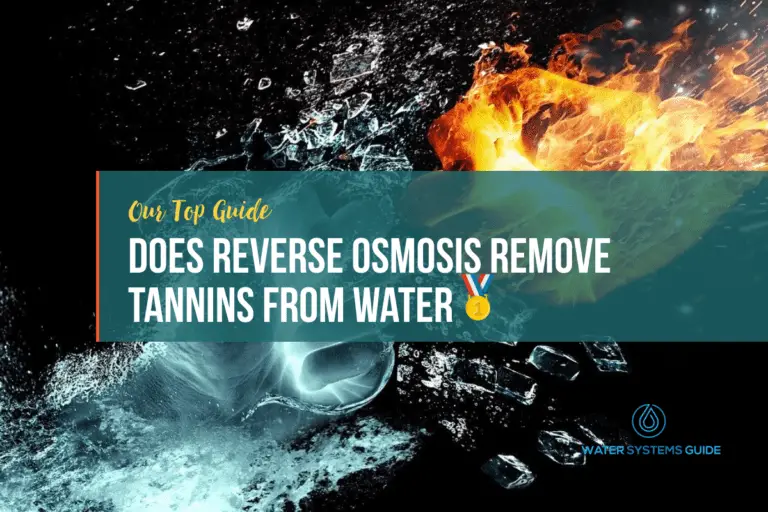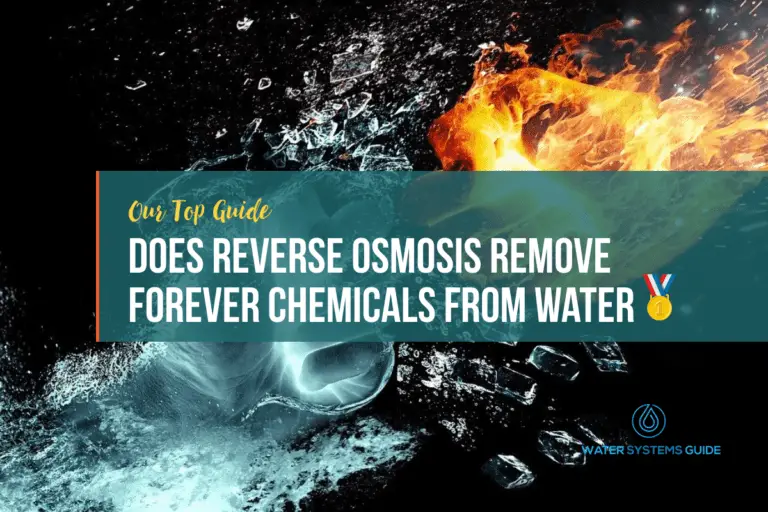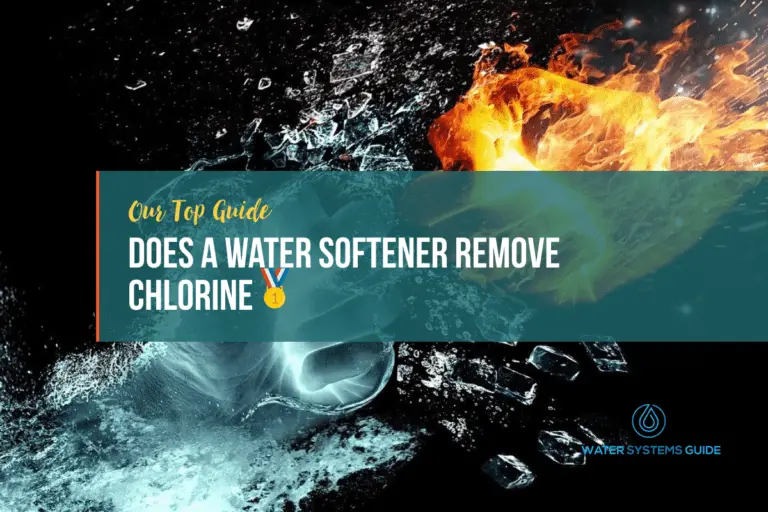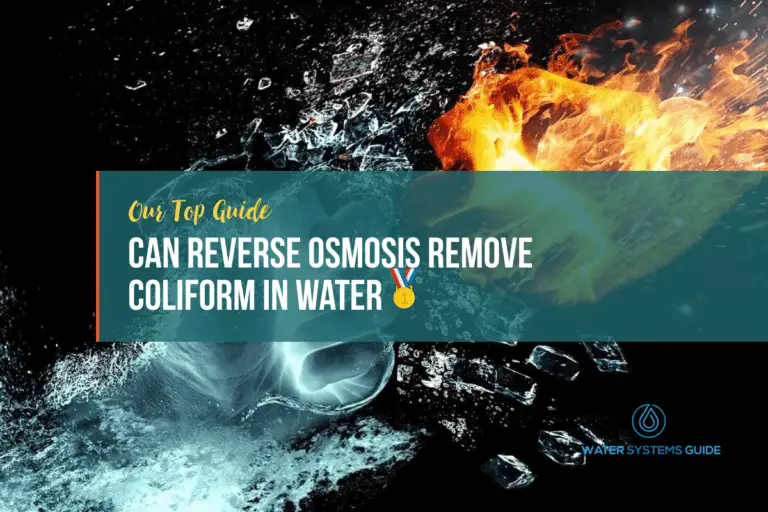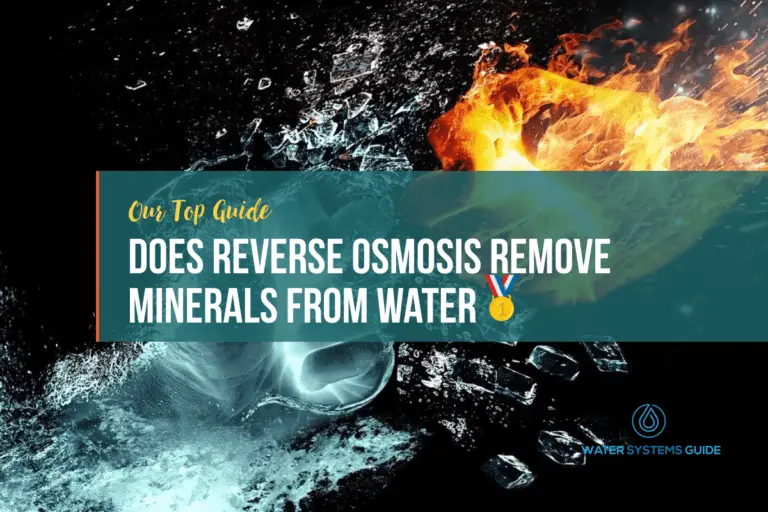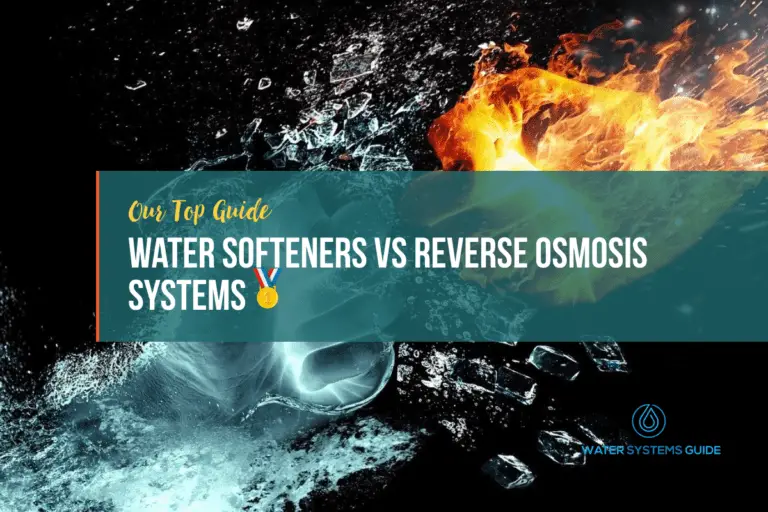Does Reverse Osmosis Remove Cyanotoxins From Drinking Water
In this article, we’re going to be discussing whether reverse osmosis is effective at removing cyanotoxins from water.
What Exactly Is Cyanotoxins
Cyanotoxins are toxins produced by cyanobacteria, also known as blue-green algae. These toxins can cause serious health problems in humans and animals, and can even be fatal.
Cyanotoxins can affect the nervous system, liver, and kidneys. Symptoms of exposure to cyanotoxins include vomiting, diarrhea, seizures, and coma.
How Do Cyanotoxins Get Into Our Water Supplies?
These toxins can enter our water supplies through several means, including direct discharge of contaminated water into surface water reservoirs, runoff from agricultural land where cyanobacteria are present, and even via groundwater contamination. This can all lead to contamination of local water supplies.
Once in our water supplies, these toxins can pose serious health risks to humans and animals if consumed. Symptoms of cyanotoxin poisoning include nausea, vomiting, diarrhea, headaches, fever, and muscle weakness. In severe cases, cyanotoxins can lead to liver failure, respiratory paralysis, and even death.
Does RO Remove Cyanotoxins from Drinking Water?
Cyanotoxins are a type of poisonous substance that can be found in certain types of algae. These toxins can potentially contaminate drinking water supplies, so there is some interest in whether or not reverse osmosis (RO) systems can remove them from water.
It appears that RO systems are effective at removing cyanotoxins from water. A study of several different RO systems found that all of them were able to remove a large number of cyanotoxins present in water samples (1). This means that RO is a viable option for treating water to remove these harmful substances.
However, the effectiveness of RO (reverse osmosis) in removing cyanotoxins from drinking water can vary depending on a number of factors, including the specific type of RO system being used and the quality of the water being treated.
With that being said, in general, RO systems are effective at removing cyanotoxins from water, making it safe to drink.
How to test your water supply for Cyanotoxins
To test your water supply for cyanotoxins, you will need to contact your local water supplier and request a water quality test. This test will look for the presence of cyanobacteria and other harmful bacteria in your water. If any are found, you will be advised to take appropriate precautions to protect yourself and your family from exposure.
Once you have the results of your water test, you can compare them to Environmental Protection Agency (EPA) standards to see if there is cause for concern.
Alternatively, you can hire a professional, who will take care of the entire process, as well as advise you about whether water treatment is necessary.
What else does reverse osmosis remove from water?
Alternative Methods Of Removing Cyanotoxins From Water
There are a number of alternative methods that can be used to remove cyanotoxins from water, besides RO. These include:
- Nanofiltration: It can be used to remove cyanotoxins from water supplies. This process uses a membrane to filter out toxins, and can be customized to target specific contaminants. Nanofiltration is an effective way to purify water, and can help protect against exposure to harmful toxins.
- Granular Activated Carbon Filter: It is effective in removing cyanotoxins from water. The carbon in the filter adsorbs the toxins, preventing them from passing through the filter and into the water. This type of filter is often used in municipal water treatment plants to remove cyanotoxins from the water supply.


